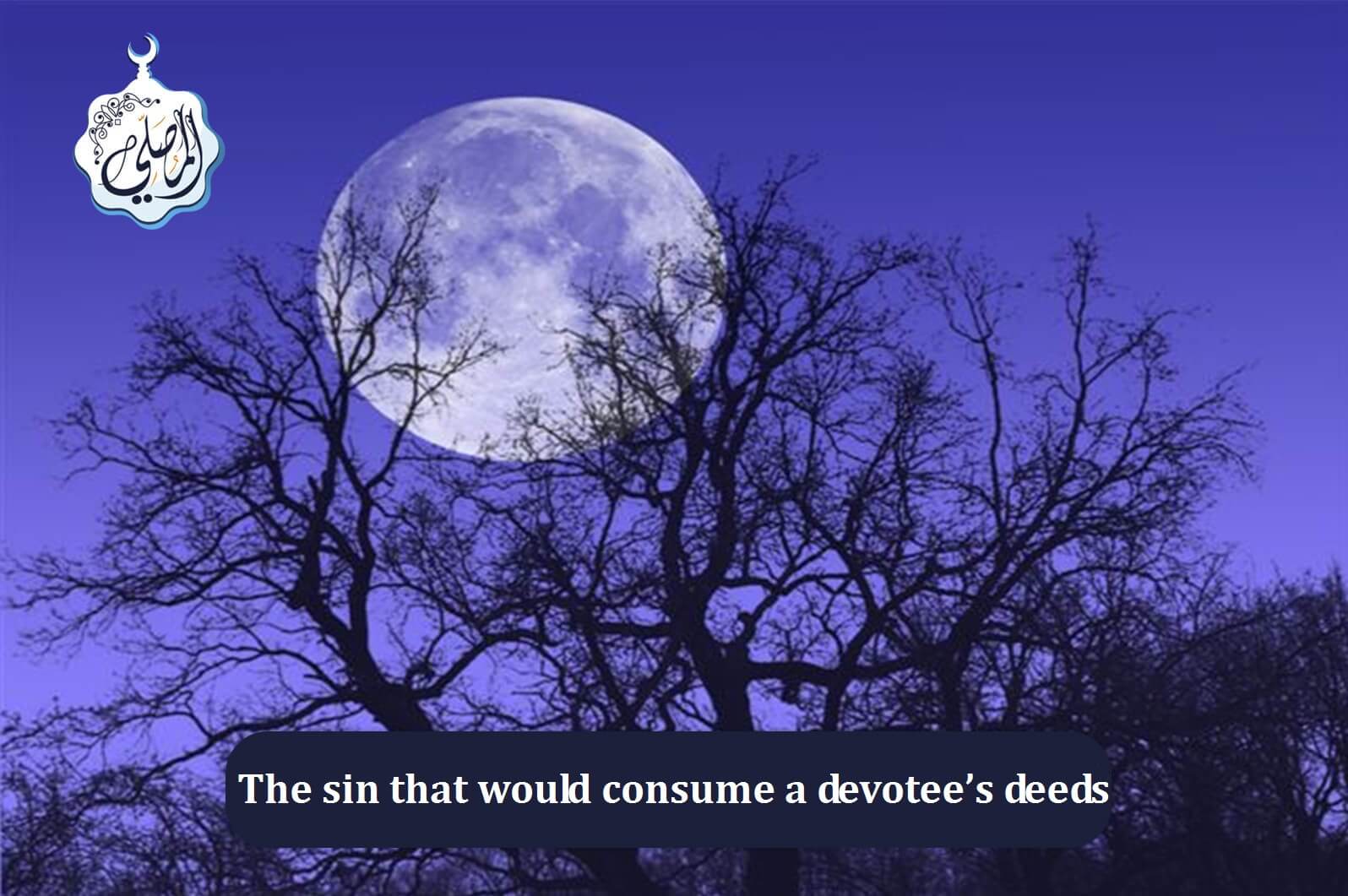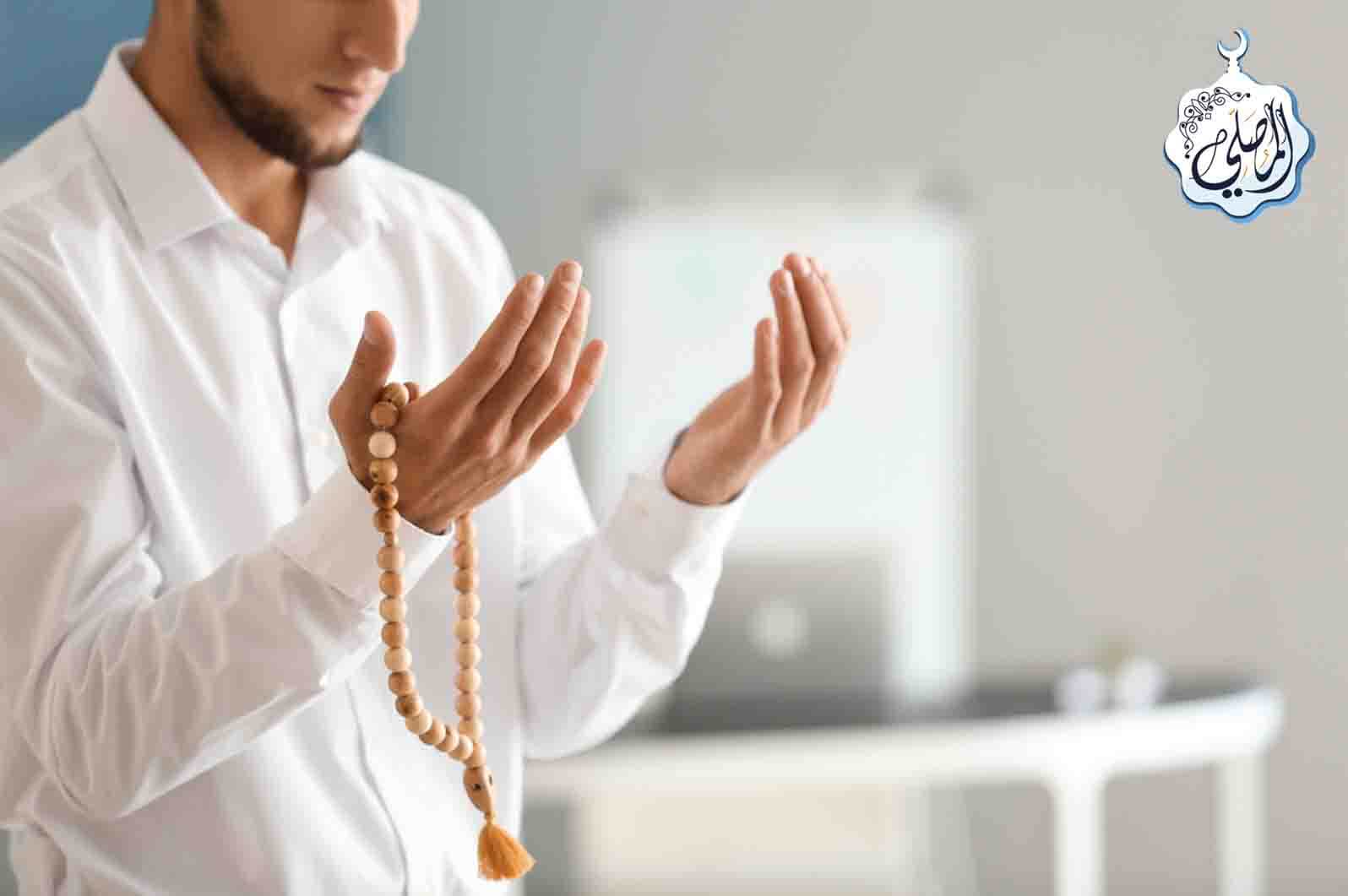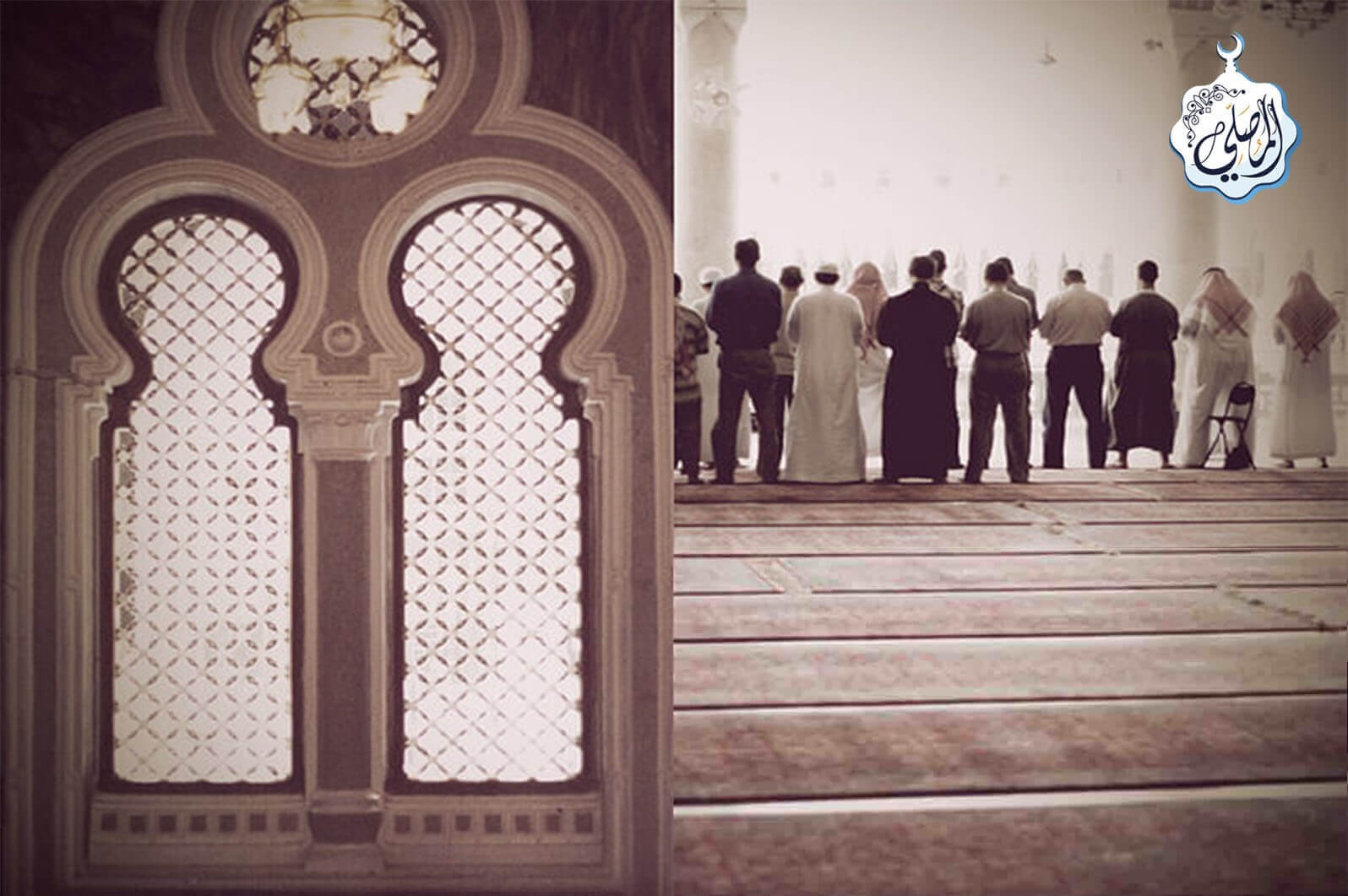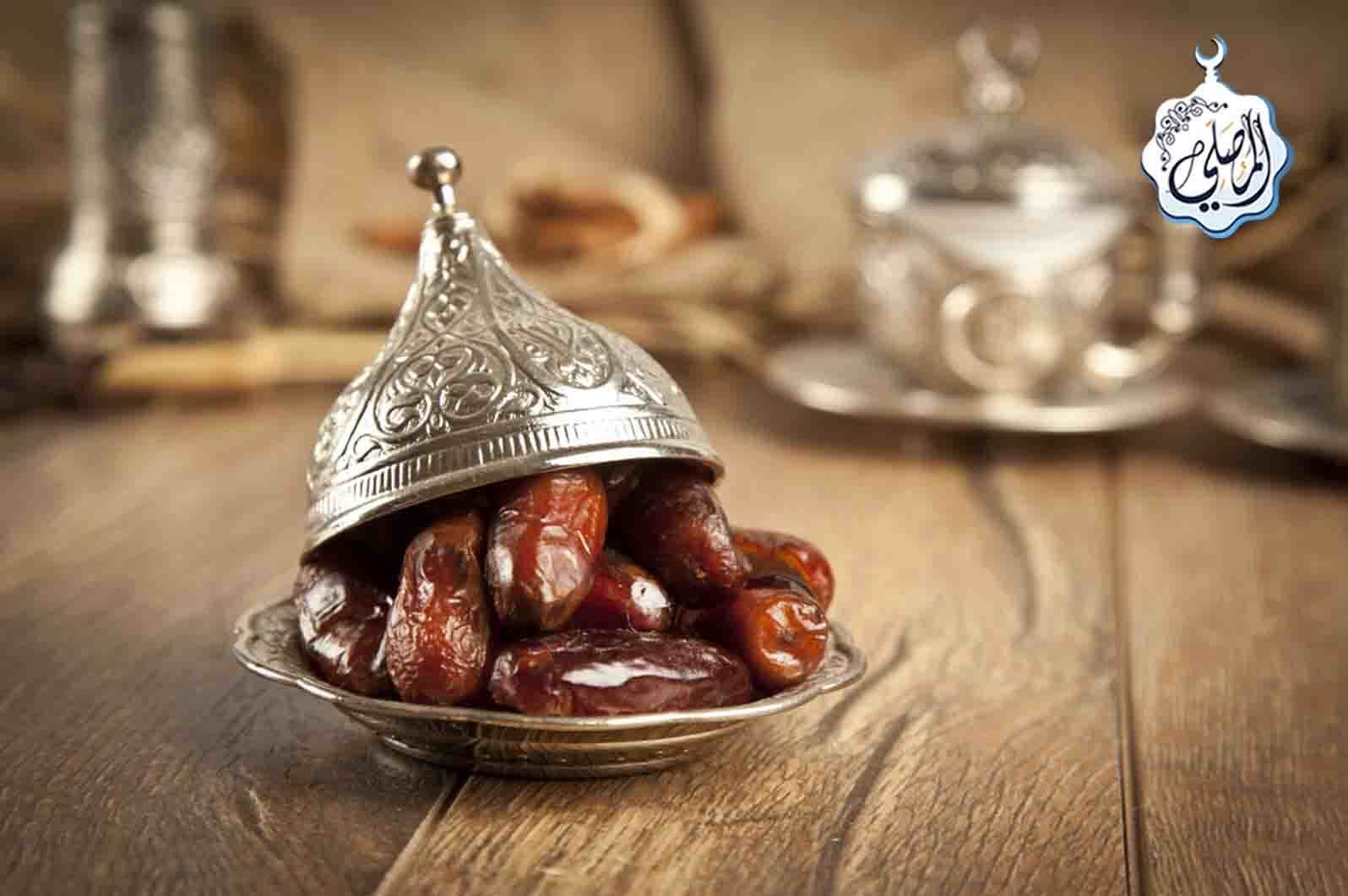
The blessed month of Dhu al-Qidah holds a special place in Islamic history. It was on the fourth day of this month, in the year 7 AH (629 CE), that a historic event unfolded – the first pilgrimage (Umrah) undertaken by Prophet Muhammad (saw) and his companions after the Hijrah (migration) to Medina. This pilgrimage, though seemingly ordinary, held immense significance, marking a new chapter in Islamic practice and a testament to the Prophet's unwavering devotion to Allah (SWT).
A Longing Fulfilled
For years, the Quraysh tribe of Mecca had persecuted Prophet Muhammad (saw) and his followers for their newfound faith. This persecution culminated in the Hijrah, a forced migration to Medina where the fledgling Muslim community could practice their religion freely. However, the longing for the Kaaba, the holiest site in Islam, remained strong in their hearts.
The Treaty of Hudaybiyyah, signed a year prior, offered a glimmer of hope. Though a truce agreement, it included a crucial clause – the Muslims would be granted permission to perform a pilgrimage the following year. This news brought immense joy to the Prophet (saw) and his companions, finally allowing them to return to the sacred city and fulfill a cherished desire.
A Pilgrimage Marked by Simplicity
Prophet Muhammad (saw) set out for Mecca with a simple and peaceful intention: to perform Umrah. He and his companions, estimated to be around 2,000, donned garments of Ihram, signifying their state of purity and devotion to Allah (SWT). The journey was devoid of ostentatious displays of power or wealth. It was a pilgrimage focused solely on worshipping the One God.
Lessons from the Journey
This first pilgrimage served as a powerful lesson for Muslims in several ways:
Fulfillment of Prophetic Tradition: It re-established the practice of pilgrimage, a tradition dating back to Prophet Ibrahim (AS) and Prophet Ismail (AS).
Focus on Inner Piety: The simplicity of the pilgrimage emphasized the importance of inner piety and devotion over worldly possessions.
Strength and Resilience: It showcased the strength and resilience of the Muslim community, who despite facing hardships, remained steadfast in their faith.
Hadiths Reflecting the Significance
Several hadiths shed light on the importance of this pilgrimage:
Narrated by Ibn `Abbas: The Prophet (PBUH) said, "The best of Hajj is the ‘Umrah performed in Ramadan." (Sahih al-Bukhari)
This hadith highlights the significance of Umrah, especially when performed during the holy month of Ramadan.
Narrated by `Aisha: The Prophet (PBUH) said, "Whoever performs Hajj and does not commit any major sin or act of disobedience (to Allah), he will return (from Hajj) free from all sin like a newborn baby." (Sahih al-Bukhari)
This hadith emphasizes the spiritual cleansing and renewal associated with performing Hajj and Umrah.
Ayat Highlighting the Importance of the Kaaba
The Quran also reinforces the sanctity of the Kaaba and the importance of pilgrimage:
“And proclaim to mankind the Hajj. They will come to You on foot and on lean camels from every remote region.” (Quran 22:27)
This verse highlights the universality of Hajj and the obligation for Muslims who are able to perform it.
“And make the House a place of return for the people.” (Quran 2:125)
This verse emphasizes the Kaaba's significance as a spiritual center for Muslims worldwide.
The first pilgrimage of Prophet Muhammad (PBUH) stands as a testament to the enduring spirit of Islam. It serves as a reminder of the importance of faith, simplicity, and perseverance in the face of adversity. As Muslims continue to perform Hajj and Umrah today, they carry forward the legacy of this historic journey, forever etching its significance in the annals of Islamic history.










 share facebook
share facebook share whatsApp
share whatsApp share twitter
share twitter share telegram
share telegram copy
copy







